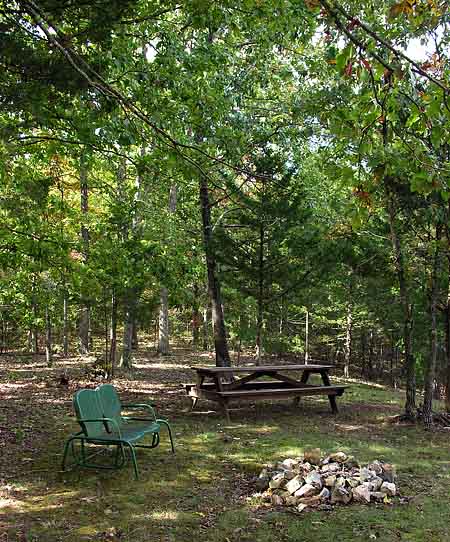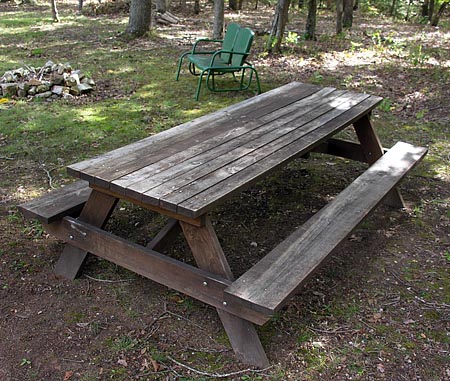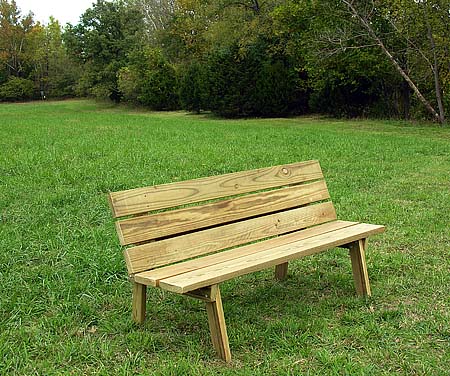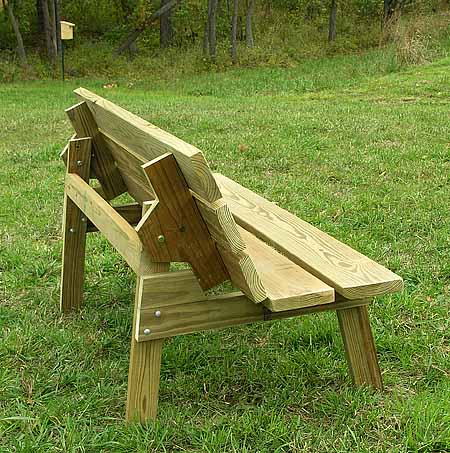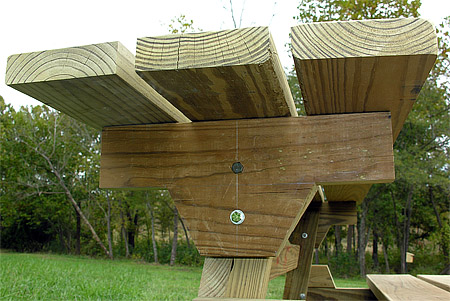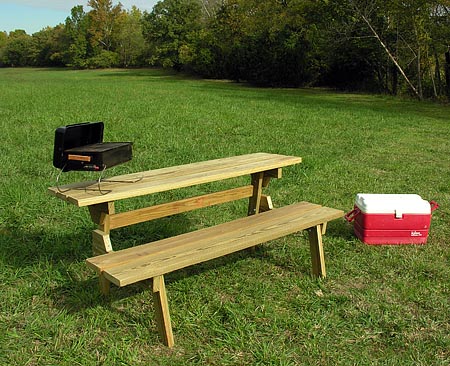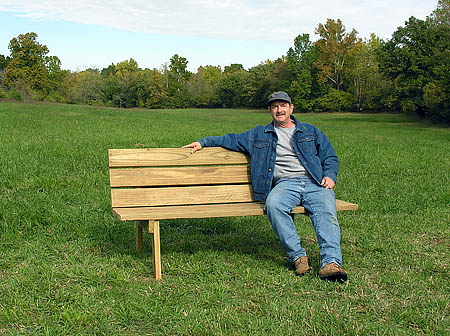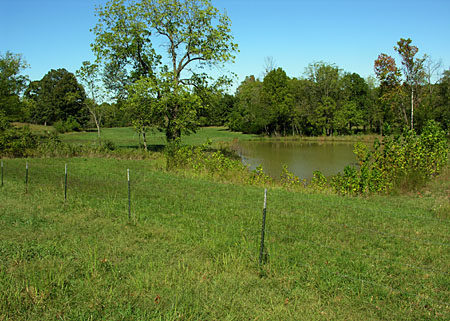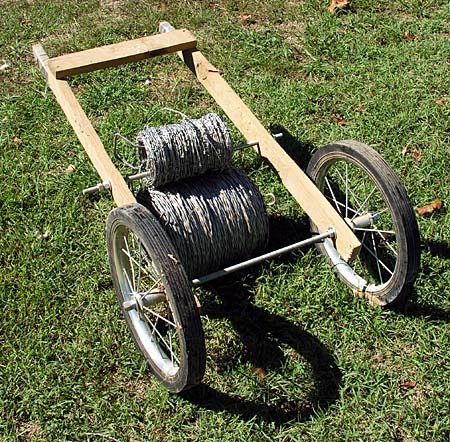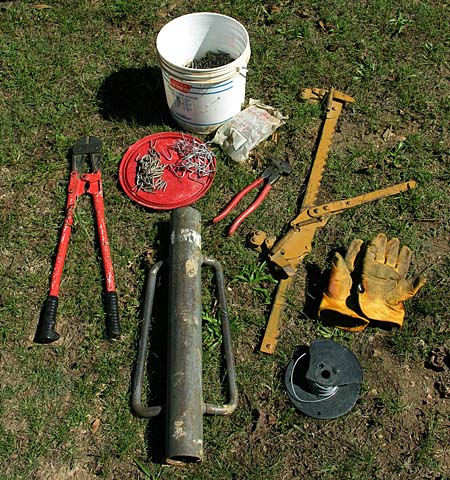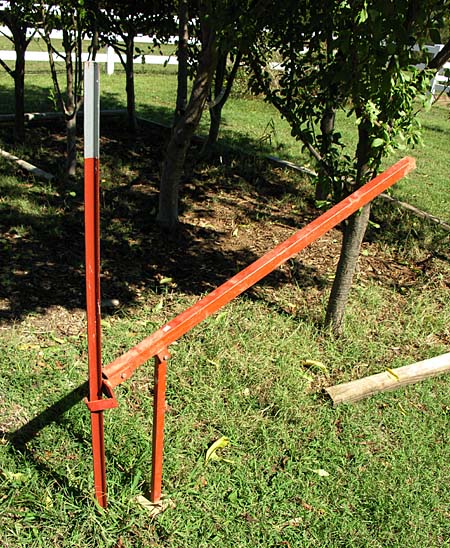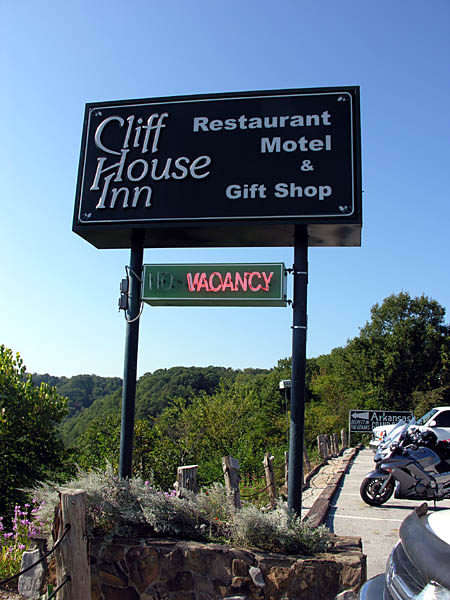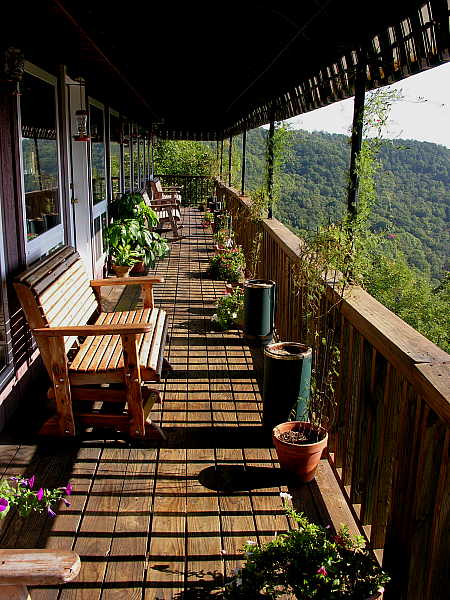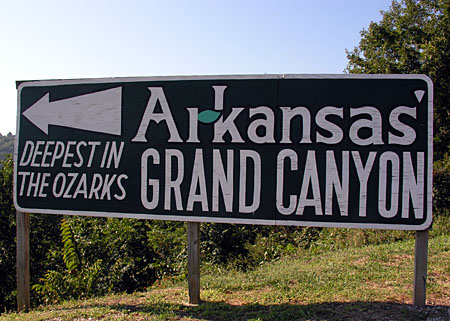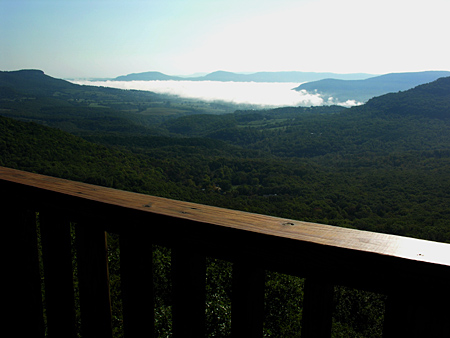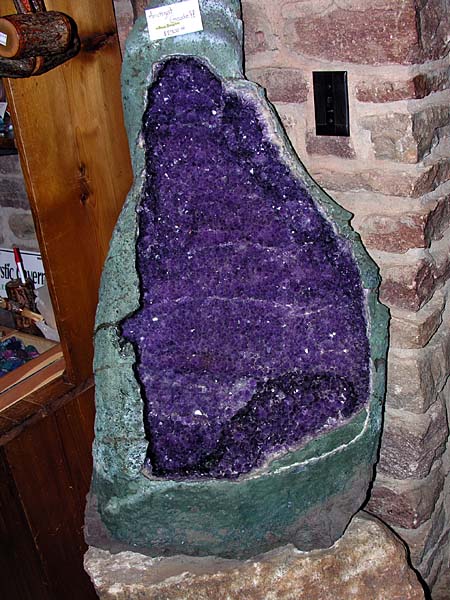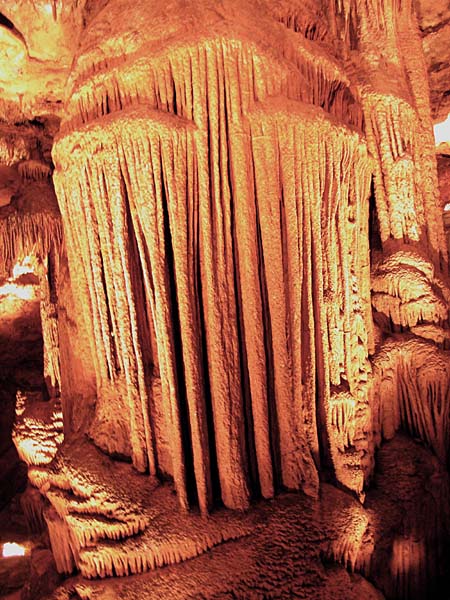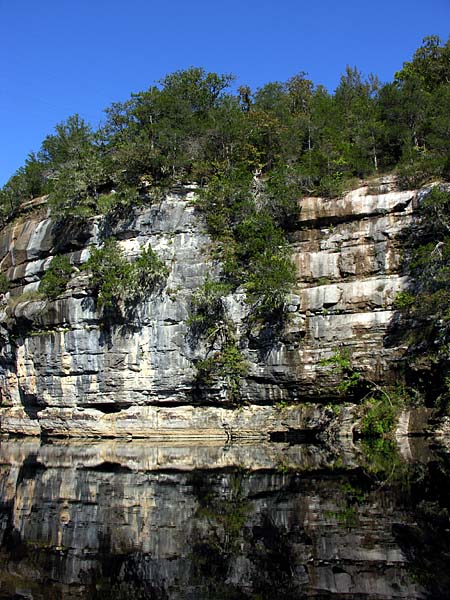Although my last blog post indicated that this current post was to be on the topic of barbed wire, that will have to wait, as I would rather show you my new benchtable (rhymes with vegetable), the latest project to emerge from my shop.
There are many locations around the property where Retta and I like to picnic, such as the woods behind the catfish pond. Because we use this area to picnic regularly, we have “furnished” it with a fire ring, a rehabilitated glider, and a picnic table.
This is the heavy, full-sized (8′ long) picnic table that I built a few years ago (note to self – picnic table needs a new coat of stain). It is a sturdy table, and works just fine for a picnic, but as you surely know, picnic tables are not comfortable for sitting any length of time. Hence the steel glider, which provides comfy seating for extended periods of leisurely reflection and conversation. As Pablo, at Roundrock would surely agree, nice, comfy seating is a necessity for peace-of-mind and happiness here in the Ozarks.
Now, there are many locations (perhaps 20 or so) around the property where Retta and I like to stop and rest while on a hike, to simply sit and watch the grass growing under our feet, or the birds flying overhead. But where to sit?  One needs a comfy seat to sit in (unless one likes to sit in the sometimes damp, sometimes tick-laden grass).
To provide comfy-seating around the property, I found construction plans for a wooden bench in a home-project book, and after altering some dimensions and angles to suit my tastes, built a prototype, which is pictured above.
The bench is made from treated “2 by” lumber, is six feet long, and is heavy enough that it will “stay put” in the winds that sometimes scream down the hollers of the Ozarks. Most important, the dimensions and angle of the bench combine to create a very comfortable seat.
In this rear-view of the bench, you can see the stout (and rather unorthodox) supporting structure that forms the back of the bench. Besides adding heft to the bench, this assembly allows the back of the bench to swivel up and lock in a horizontal position, which converts the bench to a picnic table. And that is the real beauty of this bench design. It is a bench, but it is also a table. And so, I call it a “benchtable”.
This photograph shows one of the bench back/table top support brackets. The back/top pivots on the lower, fixed hex-bolt. The upper bolt (without a nut) locks the top into position. To restore the picnic table to it’s bench form, simply pull out the upper bolt and lower the back/top assembly.
Even though this opens to only what amounts to a picnic “half-table”, it is sturdy and still provides room for a portable BBQ and a couple of hungry picnickers.
Now that I have built one prototype, I have identified a few little details that I want to change, and I will then get to work producing templates, so that I can easily duplicate the parts. My goal is to build enough benchtables to place at strategic spots on the property so that Retta and I will have no excuse not to sit back and watch the grass grow.
:) As I am doing here :)


